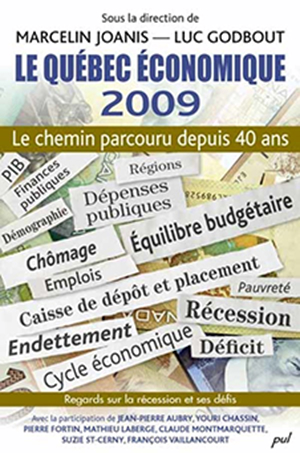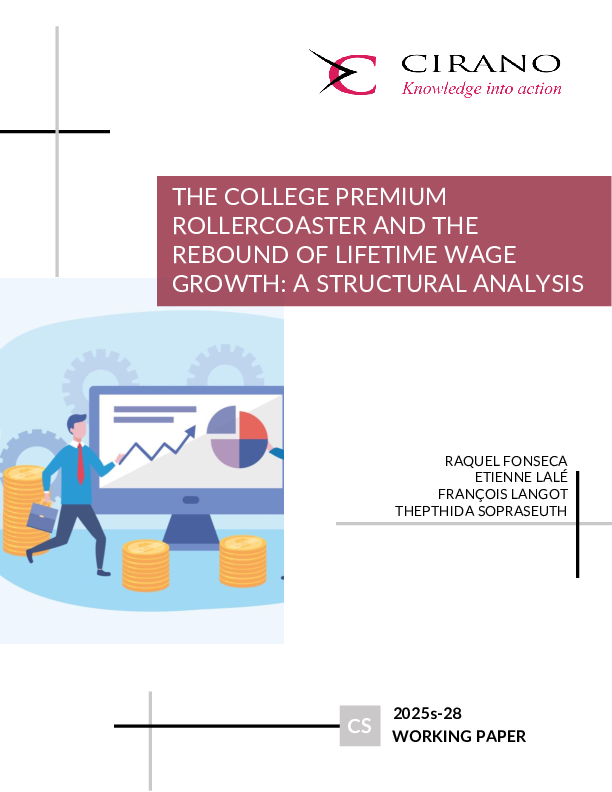Le Québec économique 2009
By choosing Le Québec économique 2009 as the title, we were voluntarily paving the way for a two-stage analysis. On the one hand, we wanted to assess the Quebec economy by measuring the progress it has made over the past few decades to date. On the other hand, we wanted to pay due attention to a year that, let us say, is clearly out of the ordinary. A thematic look at 2009 highlights that it was the year of all the dangers for the global economy. Starting from a financial crisis that peaked at the end of 2008, as Pierre Fortin noted, it quickly spread to the real economy, dragging the world economy into its first technical recession since global production data were compiled. As expected, the global recession soon hit Quebec, which entered recession in the fourth quarter of 2008.
While the recession in Quebec was initially difficult to assess, the first quarter of 2009 was marked by the announcement of historical losses by the Caisse de dépôt et placement du Québec. These losses made Quebecers realize that the global financial crisis would have profound consequences that would affect them. As Mathieu Laberge, Marcelin Joanis and François Vaillancourt suggest, the important thing is to ensure that the Caisse has the capacity to bounce back and take advantage of the recovery to ensure the sustainability of the pension plans for which it is responsible.
As 2009 progressed, as Jean-Pierre Aubry's comments testify, the financial impacts of the crisis were replaced by the labour market impacts of this first recession in Quebec and Canada for more than 15 years. Job losses and falling corporate profits, combined with the other impacts of the financial crisis and recession, have had a devastating effect on Quebec's public finances.
As a result, the government announced a series of deficit budgets in the spring of 2009 and temporarily suspended the Balanced Budget Act, making the targets set out in the Debt Reduction Act seem very distant today. However, as Youri Chassin and Marcelin Joanis point out, we cannot overemphasize the importance of quickly returning to structural balance and staying the course, in the medium and long term, on debt reduction in Quebec. In this regard, as Luc Godbout and Suzie St-Cerny illustrate, returning to balanced budgets will be a difficult task that will require us to make difficult societal choices now. To achieve this, as Mathieu Laberge and Claude Montmarquette argue, budgeting practices must be established to improve budget planning over a long period of time.
Because it is obviously in the long term that we must consider the challenges facing the Quebec economy and public finances. And there are many challenges. In each of the chapters of Part I, based on interprovincial and international comparisons, a series of structural challenges were highlighted:
- Delays in productivity and economic growth;
- A less dynamic labour market and a lagging labour force education rate;
- Individual and family incomes significantly lower than the rest of Canada;
- An aging population and a persistent interprovincial migration deficit;
- Increasing gaps in population growth and economic dynamism between metropolitan and peripheral regions;
- A high tax burden by international standards;
- Higher public spending than the rest of Canada and upward pressure; and
- High public debt by international standards.
Book written under the direction of Marcelin Joanis and Luc Godbout.
To order the monograph, "click here"




